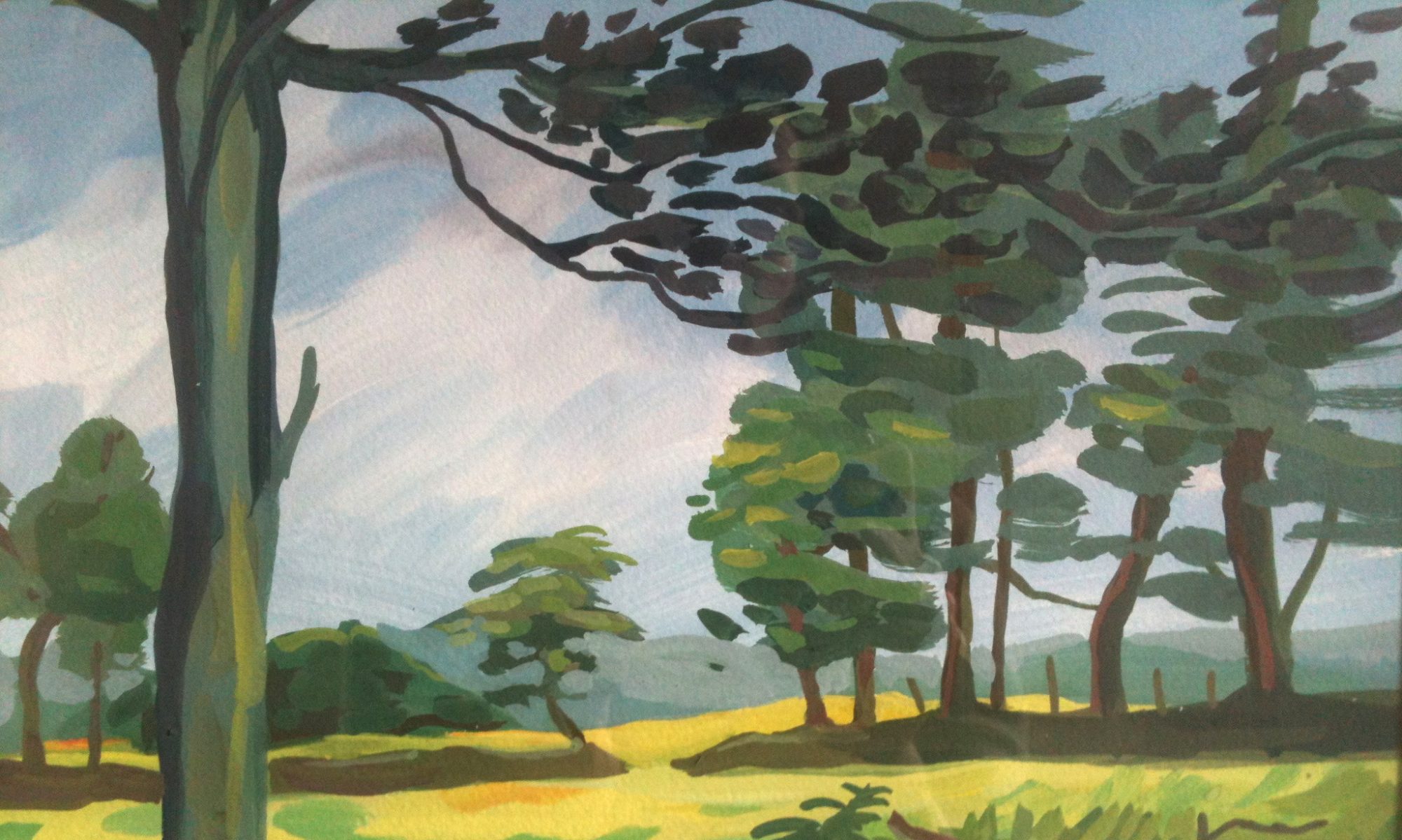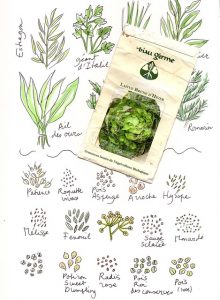While waiting for spring, what a pleasure for a gardener to dream by flicking through a seed catalog, promises of beautiful vegetable! but where to begin with? Do we have to search forgotten vegetable seeds in seed producer’s conservatory, or even in those listed at INRAE*?
Unfortunately, these collections like that of 2,500 varieties of tomatoes listed in the European catalog are not accessible to the non-professional gardeners unless they decide to barter, among themselves. One has to be content with the unique official catalog which lists all varieties authorized for sale since 1932. They are easy to find in garden supply stores unless you choose independent farmers’ seeds, at last authorized since last summer.
What is the difference between these two types of seeds? The first seeds, named “certified” are provided by large profit companies under the name of F1. These seeds are produced for large scale sales. They are meant to be super profitable. The name, F1, means that they are obtained in biotechnology laboratories and selected for their productivity, their resistance to illness, their homogeneous appearance, and in brief, seeds that are close to perfection!
Yes but… perfection is not of this world, you will quickly find out that if you harvest the new seeds of these F1 seeds and reseed them the next year, you will not obtain the same characteristics. Indeed, F1 can not reproduce exactly the same because they come from modified lines. This therefore forces farmers to buy more seeds each year, thus favoring the large seed-producing companies.
One can understand the farmer’s anger who can no longer sell their own seeds, harvested from their own crops, and adapted to the same territory and climate, by following their natural cycles and this, since the dawn of time.
If the quarrel between companies, politics and farmers is not ready to disappear, one can rejoice that since June 2020, at least for non-professional gardeners, the sale of independent farmers’ seeds are authorized in France.
One more thing to do would be is to convince Europe to commit herself in favor of biodiversity, original seeds, and landscapes.
Let’s put aside this controversy, as this spring air invites us to prepare soil and new seedlings for starting a brand new vegetable garden season with old and new varieties, flagships of our vegetal genetic heritage.
Because this pleasure of growing our own vegetables, year after year, is, unlike F1 seeds, very reproducible.
*The French National Research Institute for Agriculture, Food and the Environment.
Raphaèle Bernard-Bacot

